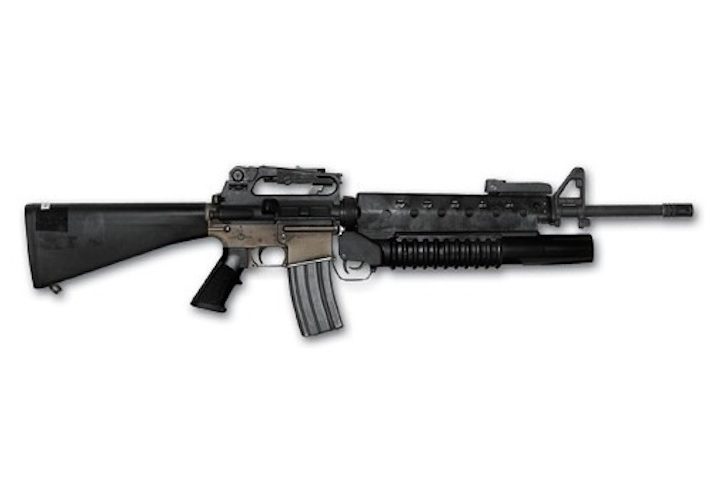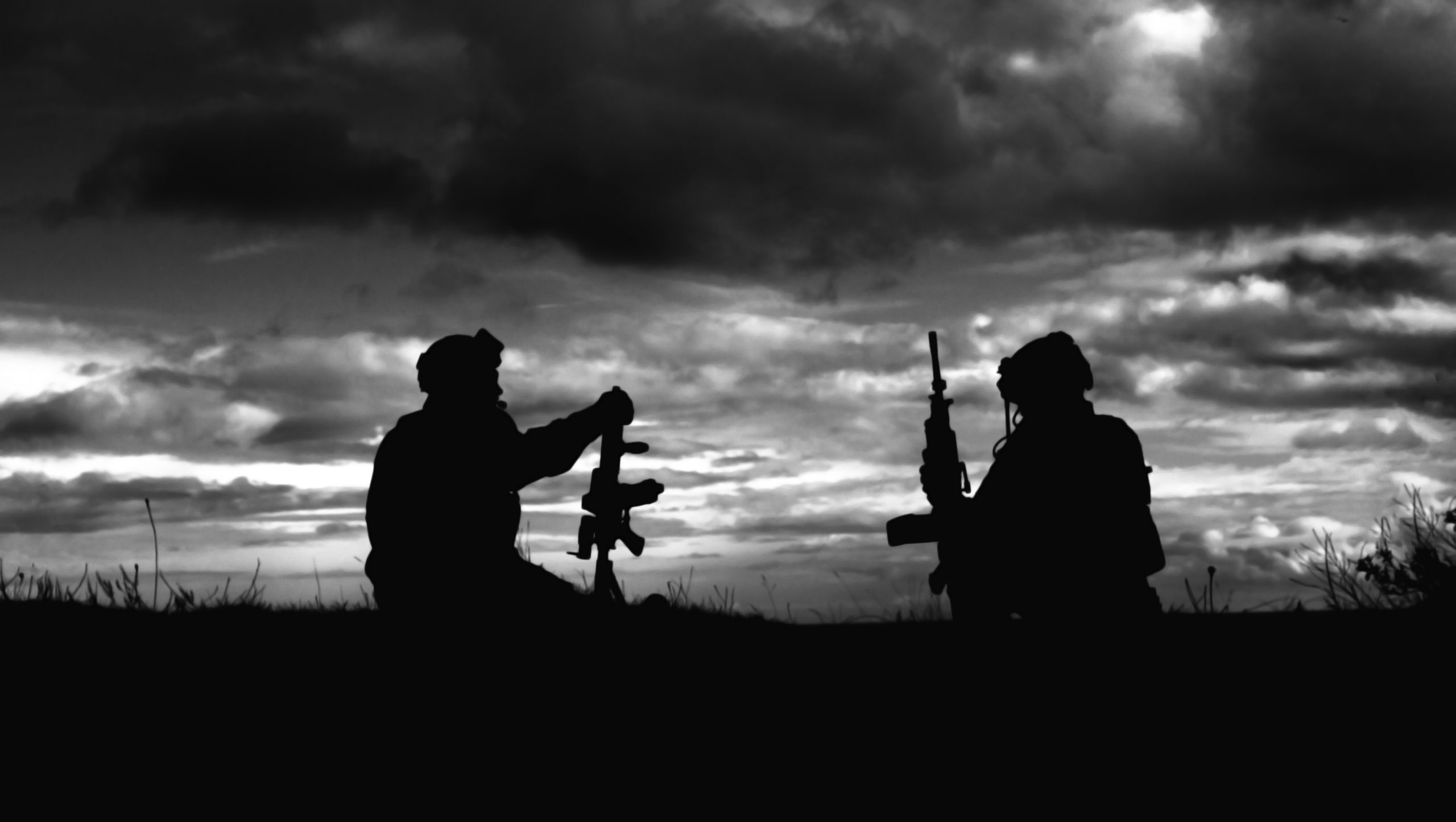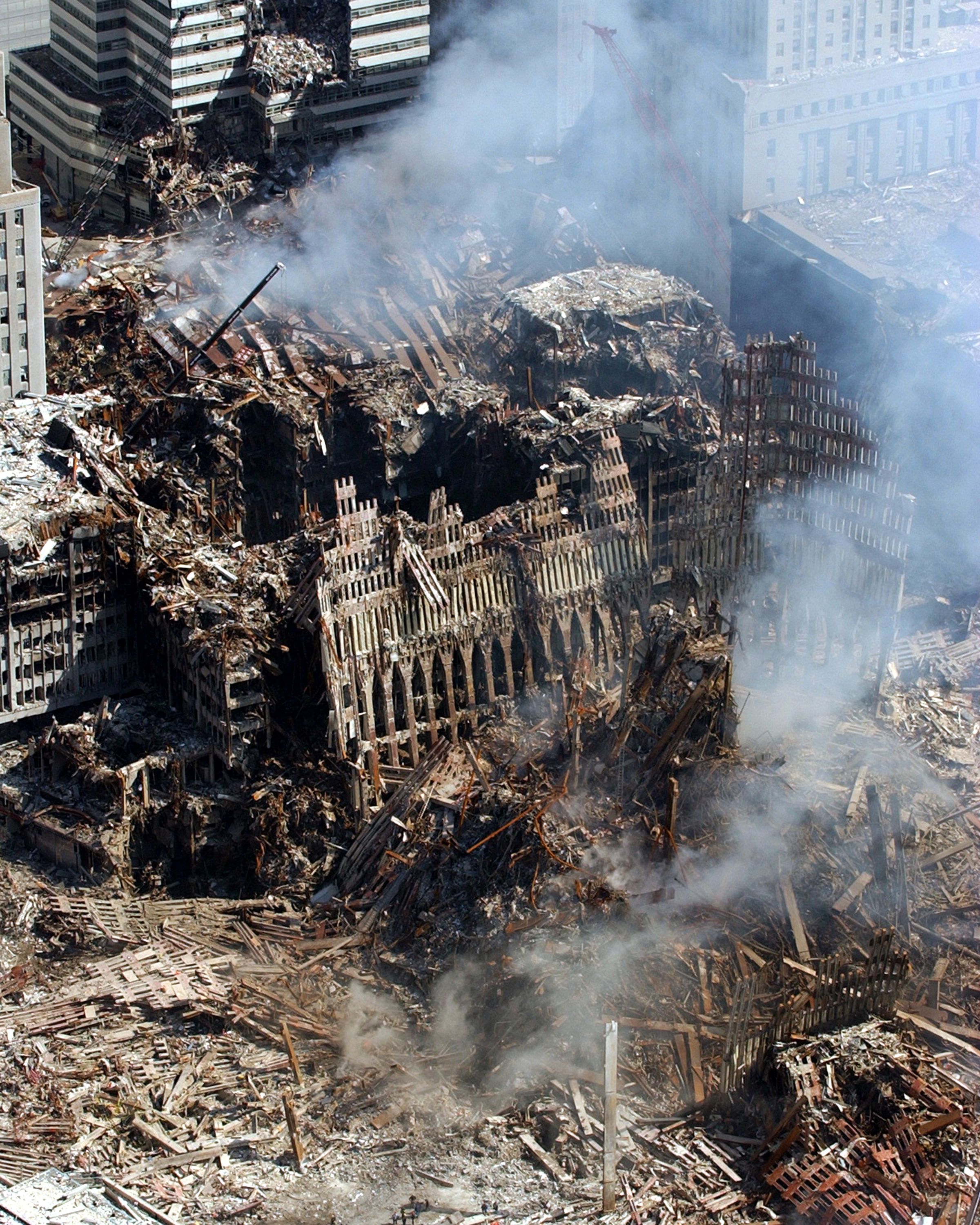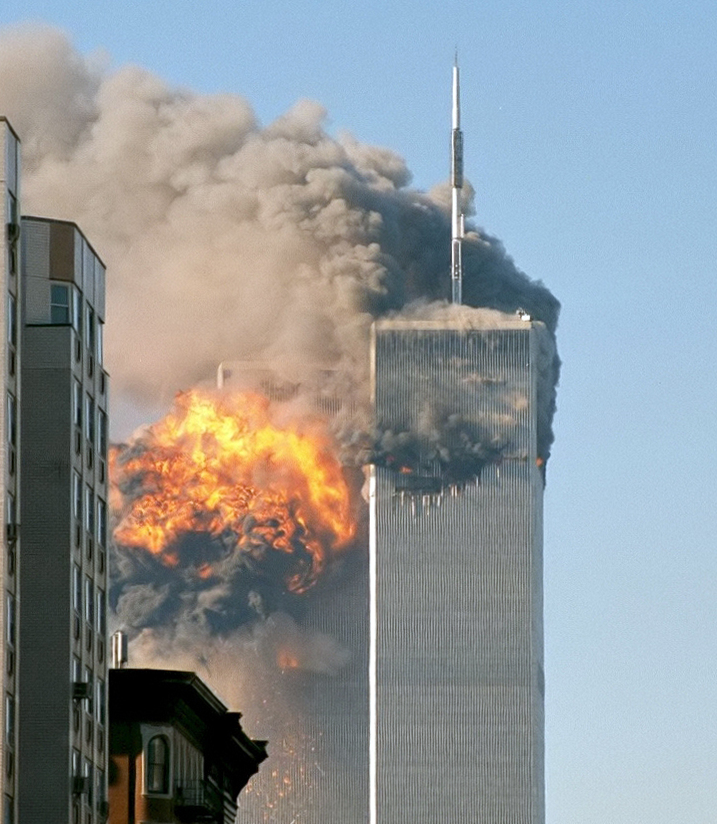
The mirror
We are capable of looking ourselves in the mirror – Geir Vinghøg, Chairman of the Board at Vinghøg AS, about knowing how and why the export control system works. Most arms producers have an idea of what they are allowed to do, and what requests would be futile to follow up on. Faced with the unlikely, hypothetical question of how he would react if a country in a situation like Israel approached his company with a request to buy equipment, Geir Vinghøg is certain of their chances of making a purchase. “If Israel makes a request, we’ll probably just laugh,”…
Continue reading...



